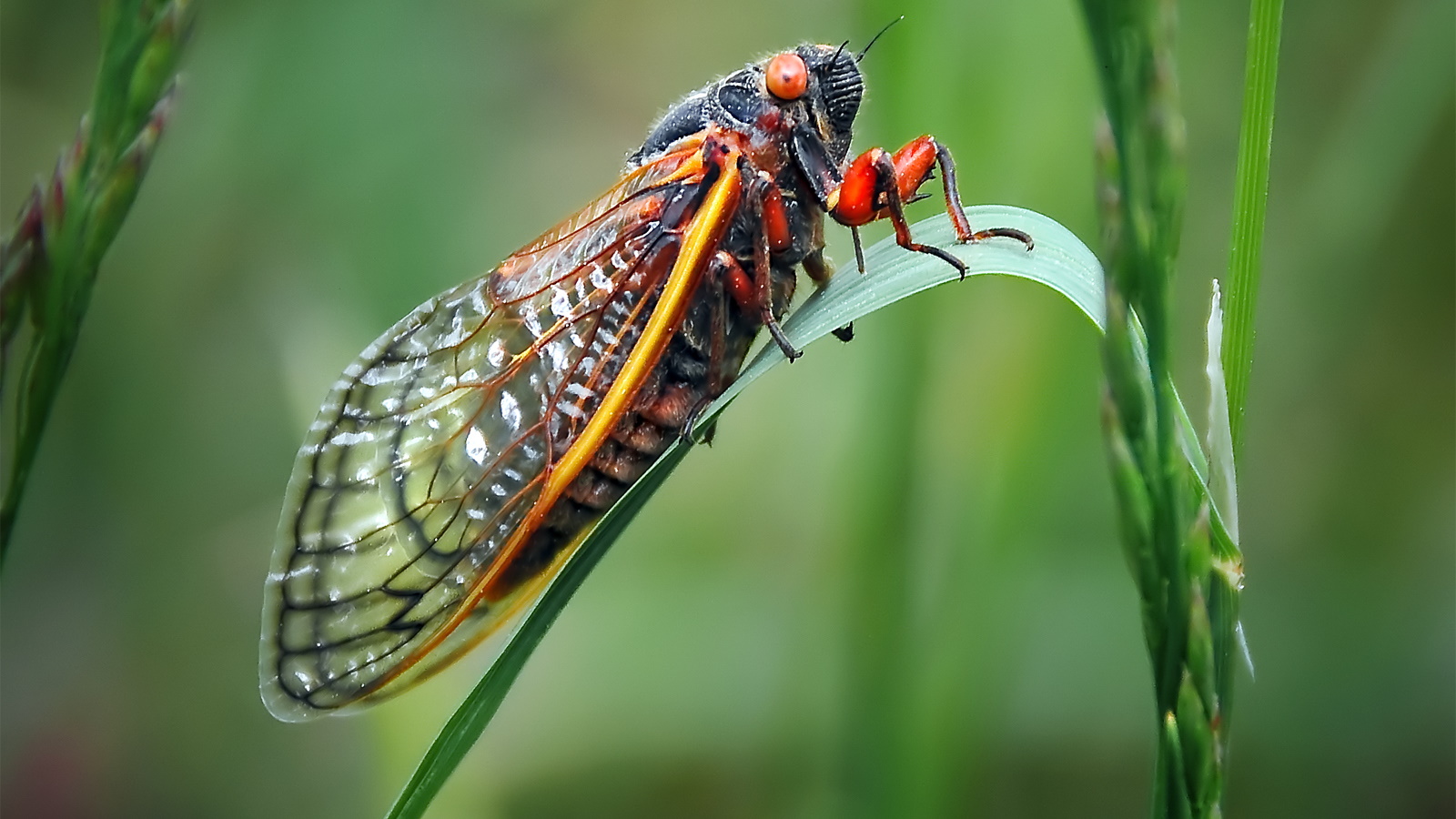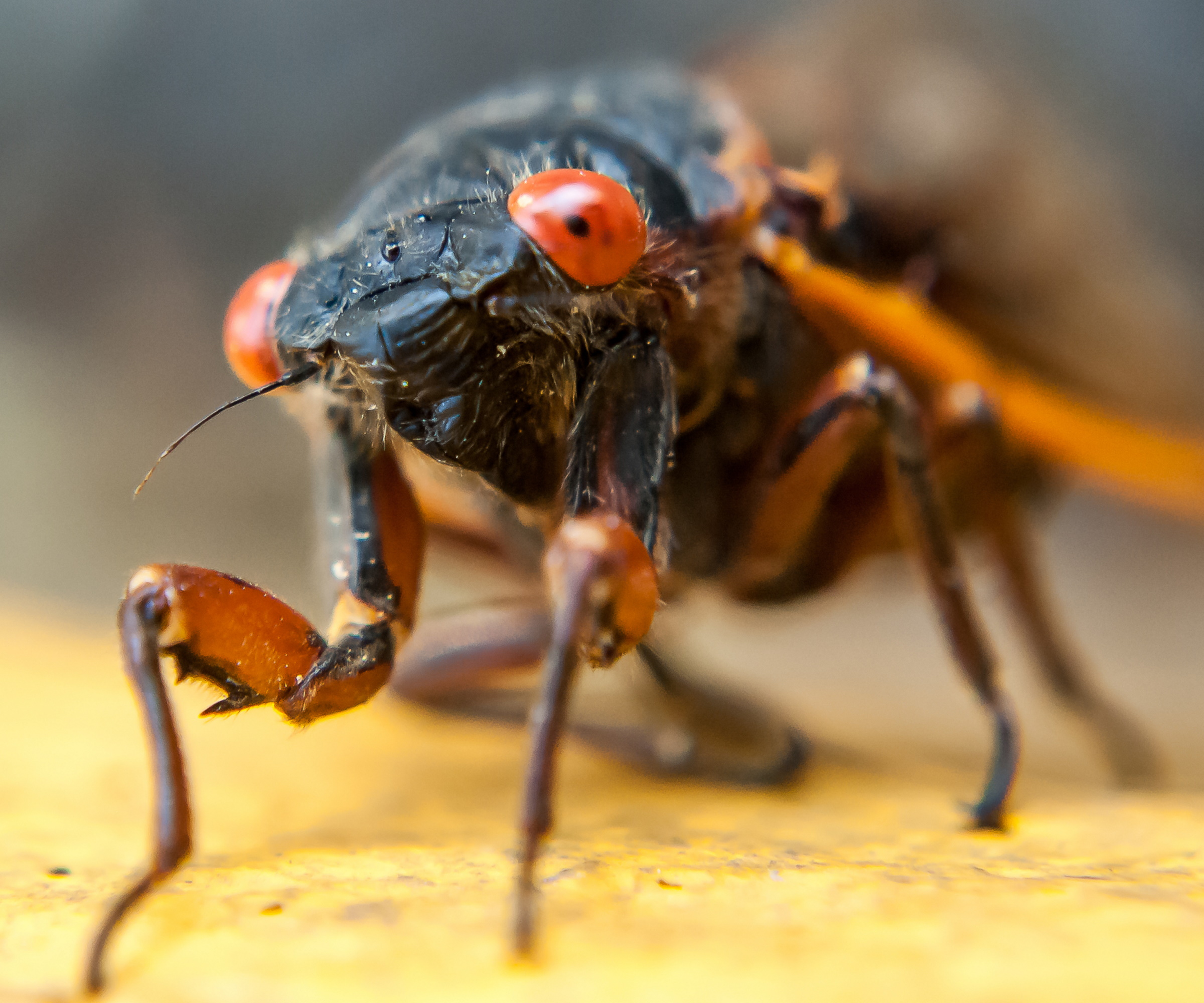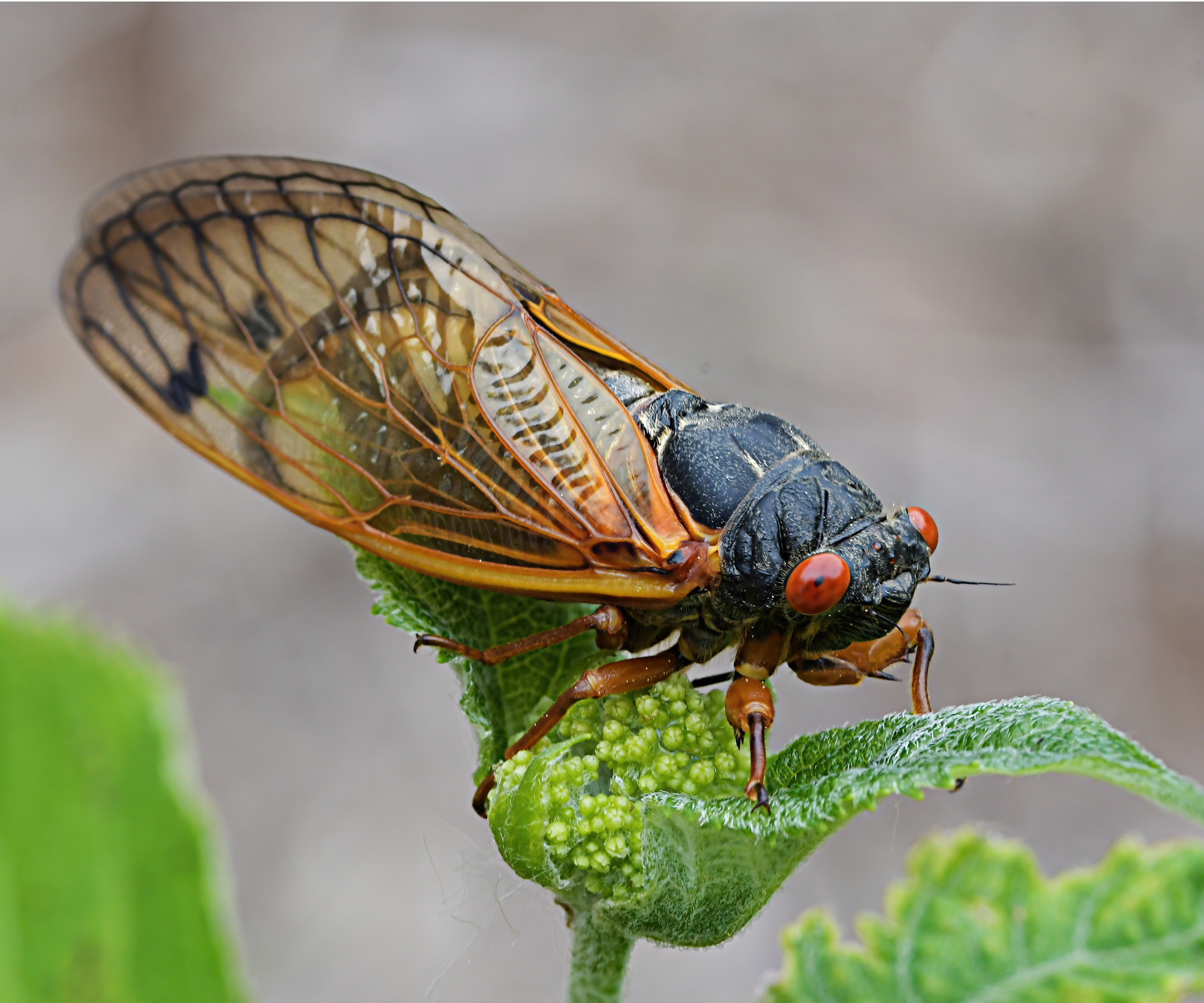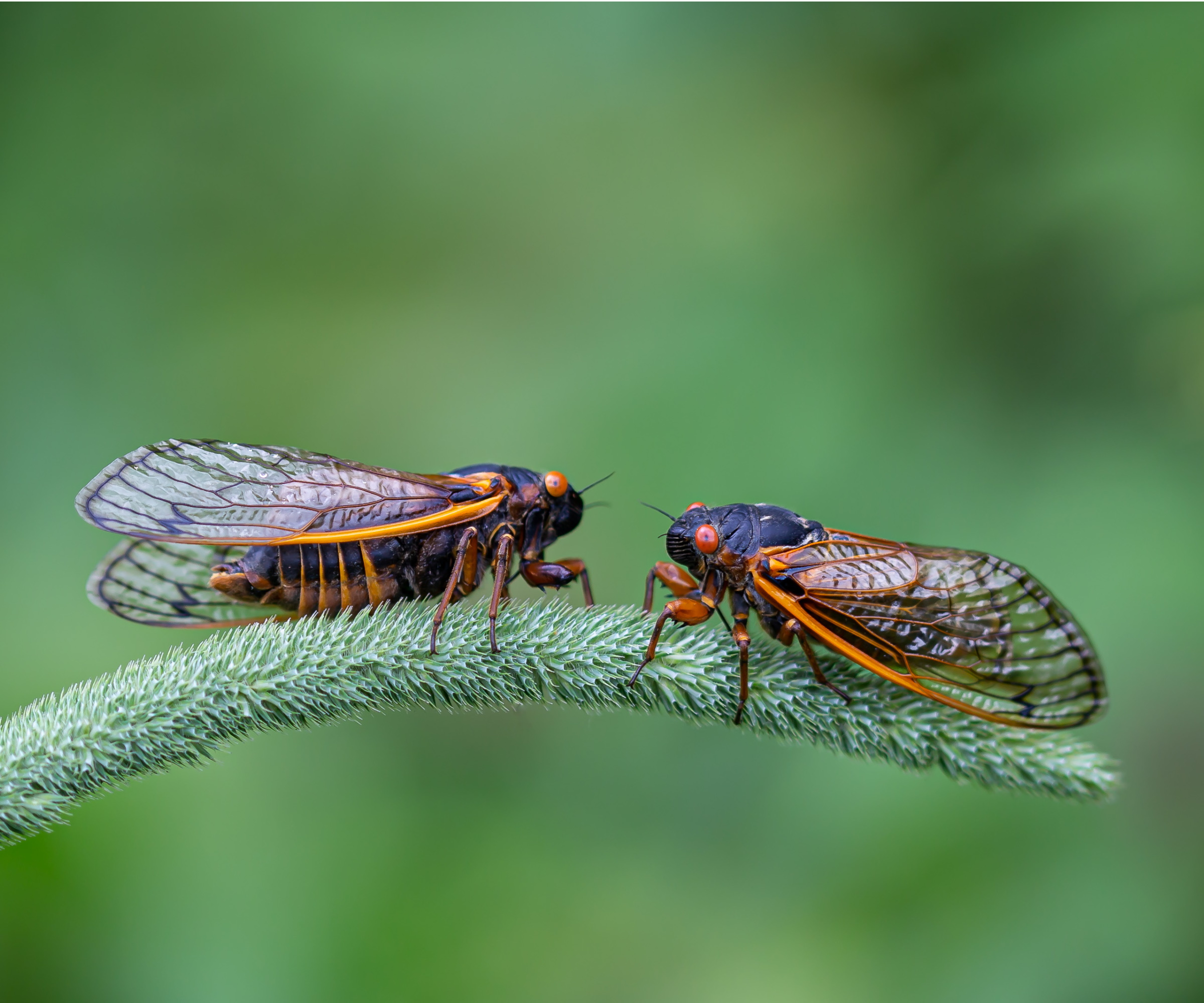
Horticulturists and pest control experts are encouraging home gardeners to prepare for a cicada infestation coming this spring. In April, two groups of the insects belonging to the order Hempitera are predicted to co-emerge - an occurrence last seen in 1803.
It was a scientific study from the University of Connecticut that identified the imminent infestation, which will be prominent in the Midwest and Southeast of the US. Unfortunately for gardeners in these areas, these large insects are likely to damage plants.
There are steps all gardeners can take, however, to both repel cicadas and protect outdoor plants.

'The good news is cicadas don’t bite or sting, and cause no health hazards to people or pets,' says Amy Enfield, Senior Horticulturist at ScottsMiracle-Gro.
'The bad news is that over 270 species of trees, shrubs and woody vines have been documented as supporting egg development of the periodical cicada; they tend to prefer oak, maple, hickory, beech, willow, dogwood, magnolia, apple, pear, peach and cherry,' she adds.
Cicadas cause damage to woody plants when female insects slice open bark and stems to deposit their eggs. This weakens plants and causes branches to die back.
How to repel cicadas

According to garden experts, there isn't a method to keep cicadas out of your backyard entirely but you can put a few precautions in place to keep them away from your plants.
'To repel cicadas, encourage natural predators like birds by creating an environment that will attract them,' says Matt Koch, Director of Biotechnology, Genetics, and Seed at Scotts Miracle-Gro.
You can choose plants for birds to achieve this. 'This includes choosing native grass species and incorporating native plants, as well as providing water sources like bird baths,' he adds.
You can also repel cicadas by not providing the plants they seek. 'If you were planning on planting new trees and shrubs this spring and you’re in the zone of a large cicada hatch, it’s a good idea to postpone planting until the fall,' says Amy.
How to protect plants from cicadas

If you're a gardener with woody plants, it's especially important for you to protect them this spring.
'If you have young trees and shrubs in your garden, consider protecting them with fine mesh,' says Nicole Carpenter, President of Black Pest Prevention. 'The mesh size should be about 1/4 inch or smaller to prevent cicadas from reaching the branches to lay their eggs,' she adds.
'Consider wrapping the tree trunks with burlap and start with the young ones which are more vulnerable to cicada damage,' Nicole also suggests.
The experts also encourage gardeners to consider moving woody potted plants indoors.
'Most potted plants can remain outdoors during the cicada hatch. Adult cicadas do not possess the mouthparts needed to feed on plants,' says Amy. 'However, if you have fruit trees in pots or other woody plants growing in containers, it may be beneficial to move these plants indoors for a few weeks during the cicada hatch and egg laying,' she adds.
Shop essential materials to protect your plants
This durable mesh and frame is perfect for keeping tall plants and small trees safe from pests and small animals.







